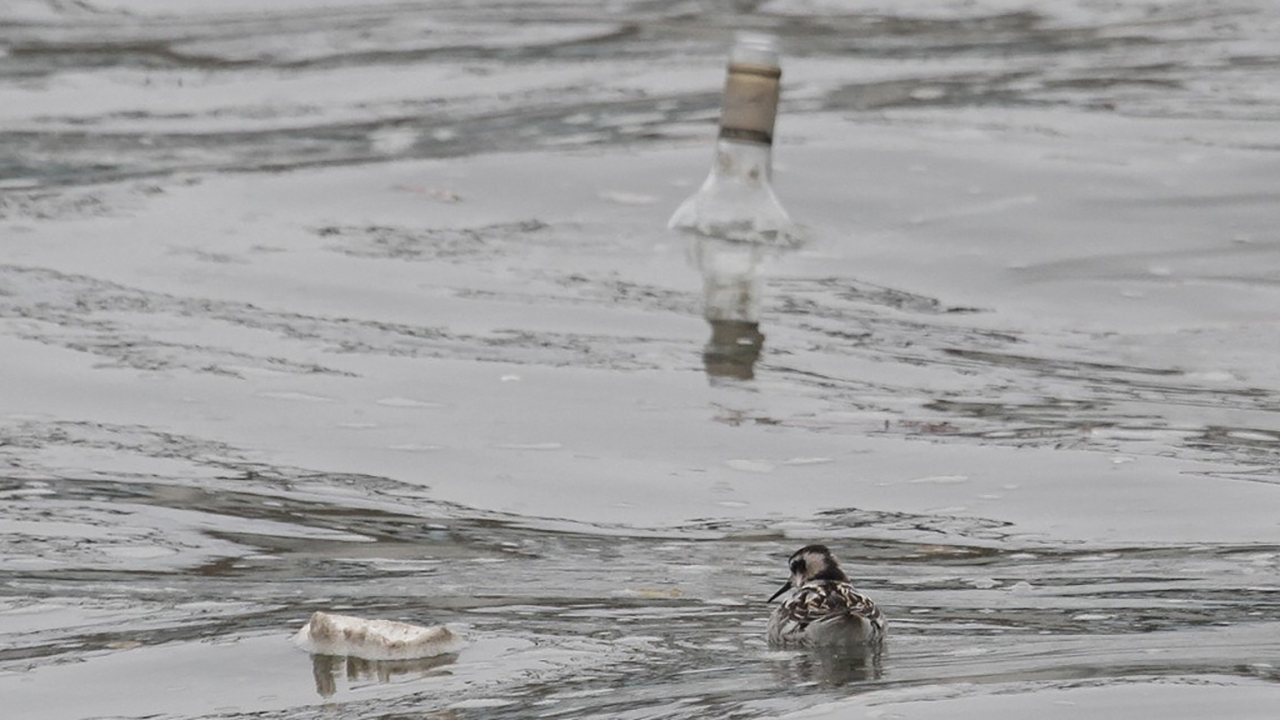A study by Sherri Mason, professor of chemistry at SUNY Fredonia, analyzed samples of water taken from the Hudson River off the coast of Manhattan last fall and confirmed that the river is full of of microplastics — as much as 62,000 particles per square kilometer, WNYC reports.
Microplastics are pieces of plastic from everyday trash like shopping bags, cigarette butts, and food wrappers that are broken down over time by nature into very small, fine fragments. WNYC likens the size to a piece of glitter.
The plastic gets eaten by fish, and therefore is eaten by people who eat fish. Of 18 species of fish Mason has tested so far, all of them have had some plastic inside. This problem is not exclusive to the Hudson, so simply avoiding locally-caught fish will not protect fish-eaters from consuming microplastics.
WNYC’s Steven Valentino asked Mason: If a fish-eating person were cut open, would microplastics be found? Mason answered, “probably.”
While the threat to humans posed by consuming microplastics is unclear, chemicals found on microplastics such as PCBs are known carcinogens. It isn’t known how much of these pollutants are transferred to humans via fish consumption, and humans are exposed to these chemicals constantly from a variety of sources, including air and household dust. Basically, microplastics in fish are cause for concern, but the chemicals they contain are affecting us from so many different unavoidable directions that it can’t be said conclusively that consuming microplastics is dangerous.
Some good news is that the samples from the Hudson contained a comparatively small amount of microbead pellets, which are found in some cosmetics and are known to harm marine life. Microbeads are found in huge quantities in the Great Lakes, and Illinois became the first state to ban them last year. A movement to ban them in New York state is underway.
(Photo: Anders Peltomaa)



